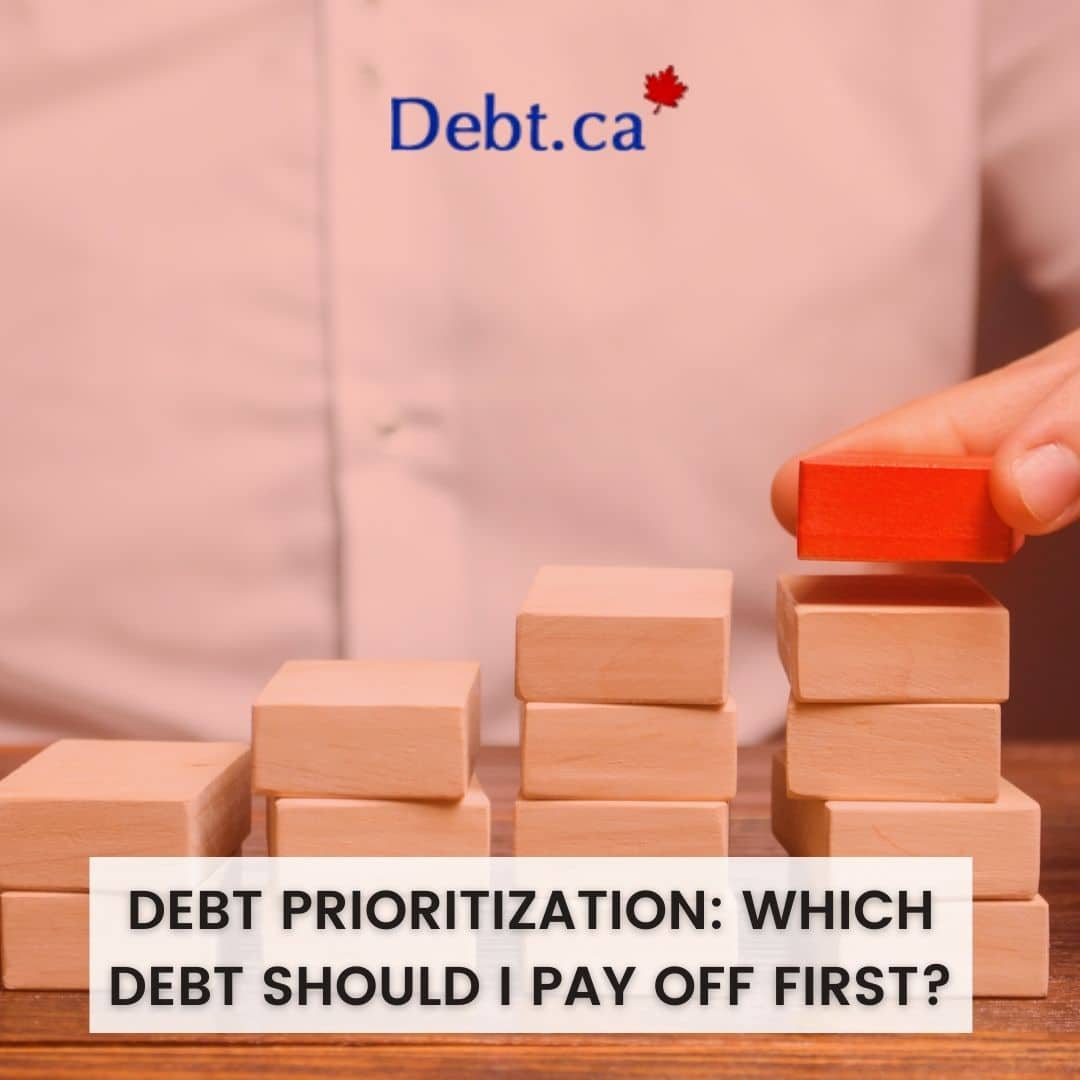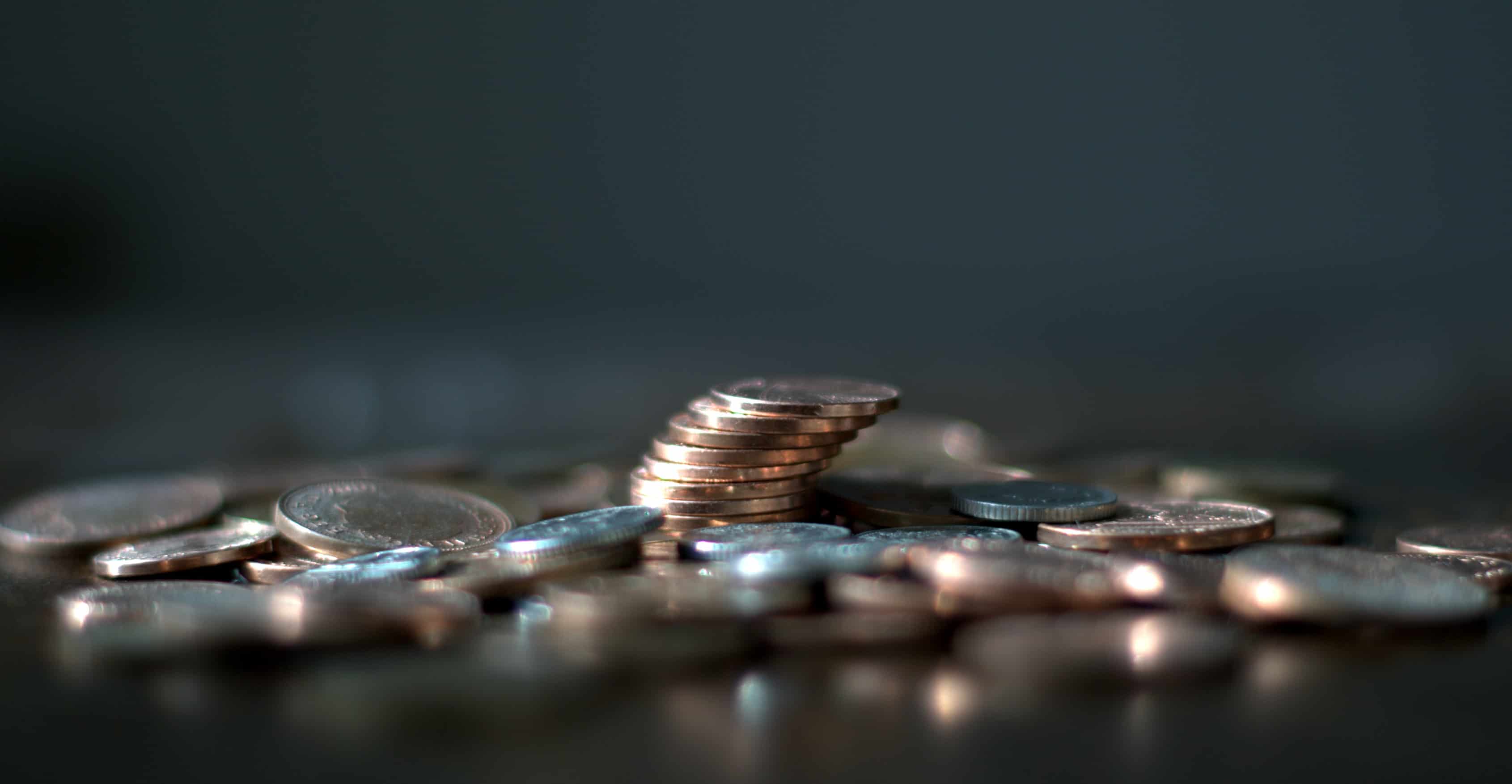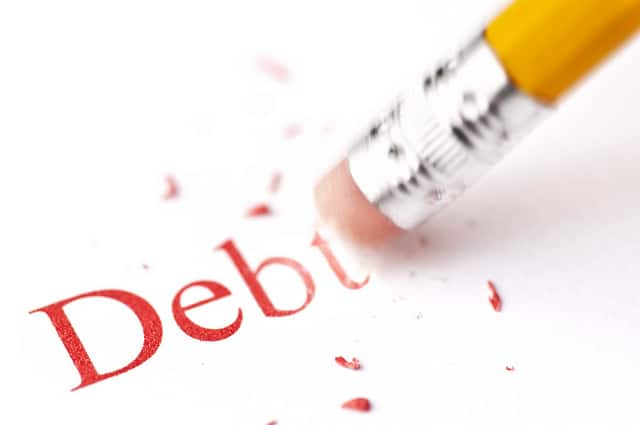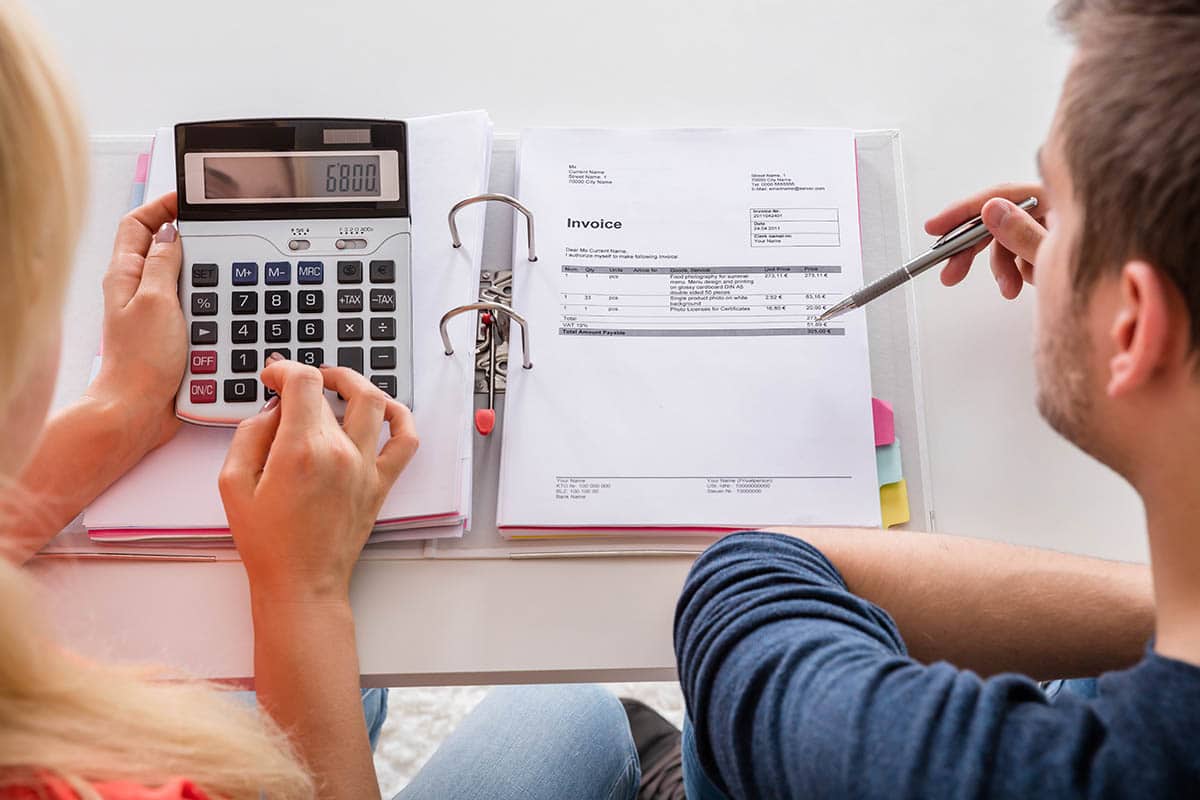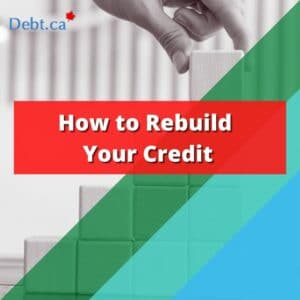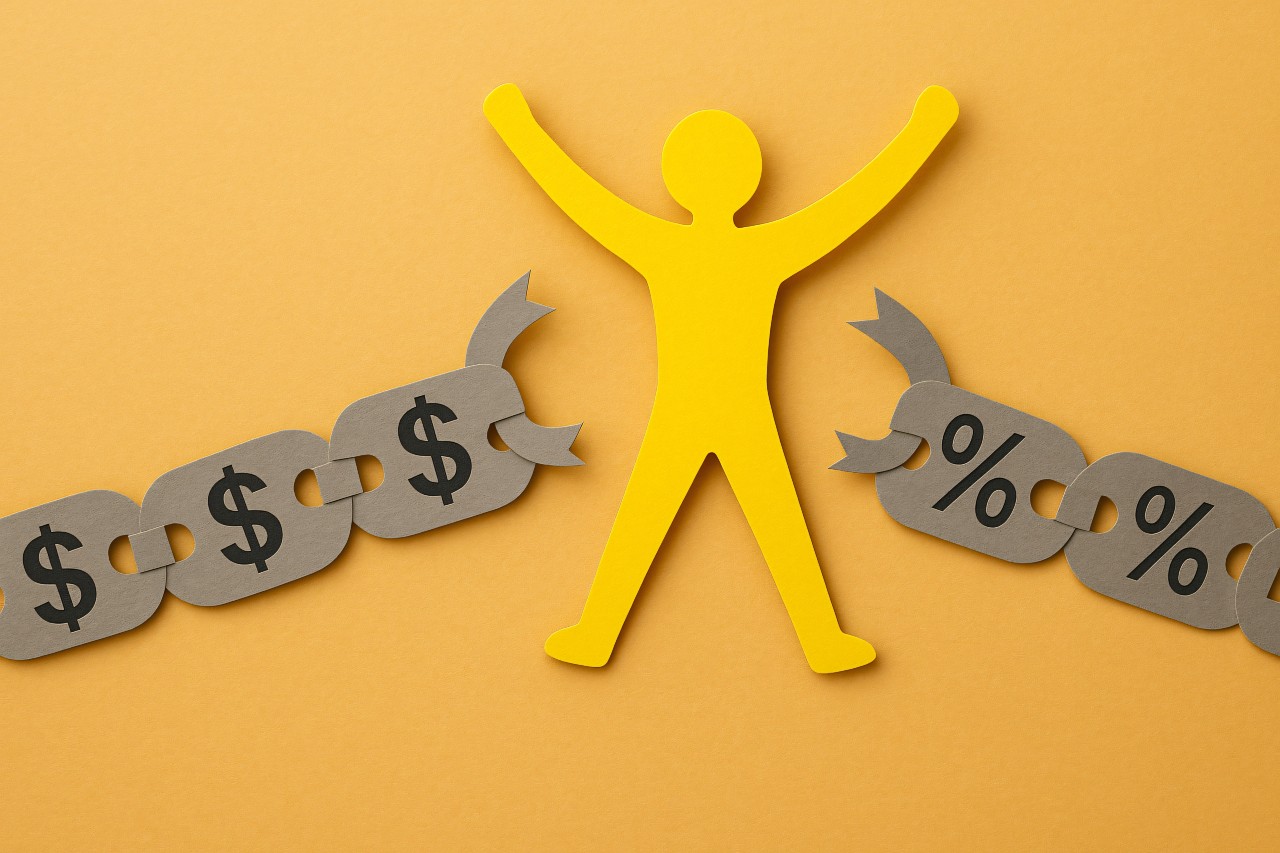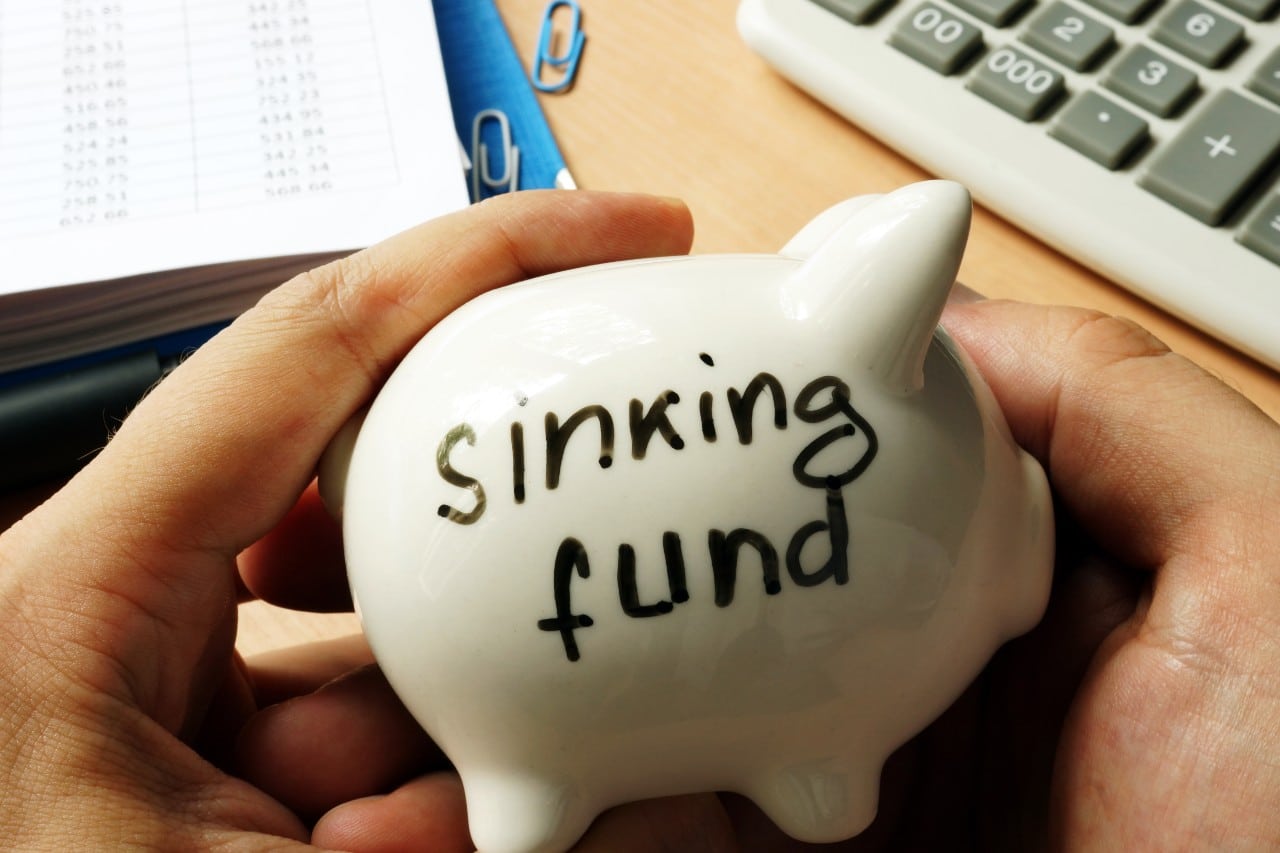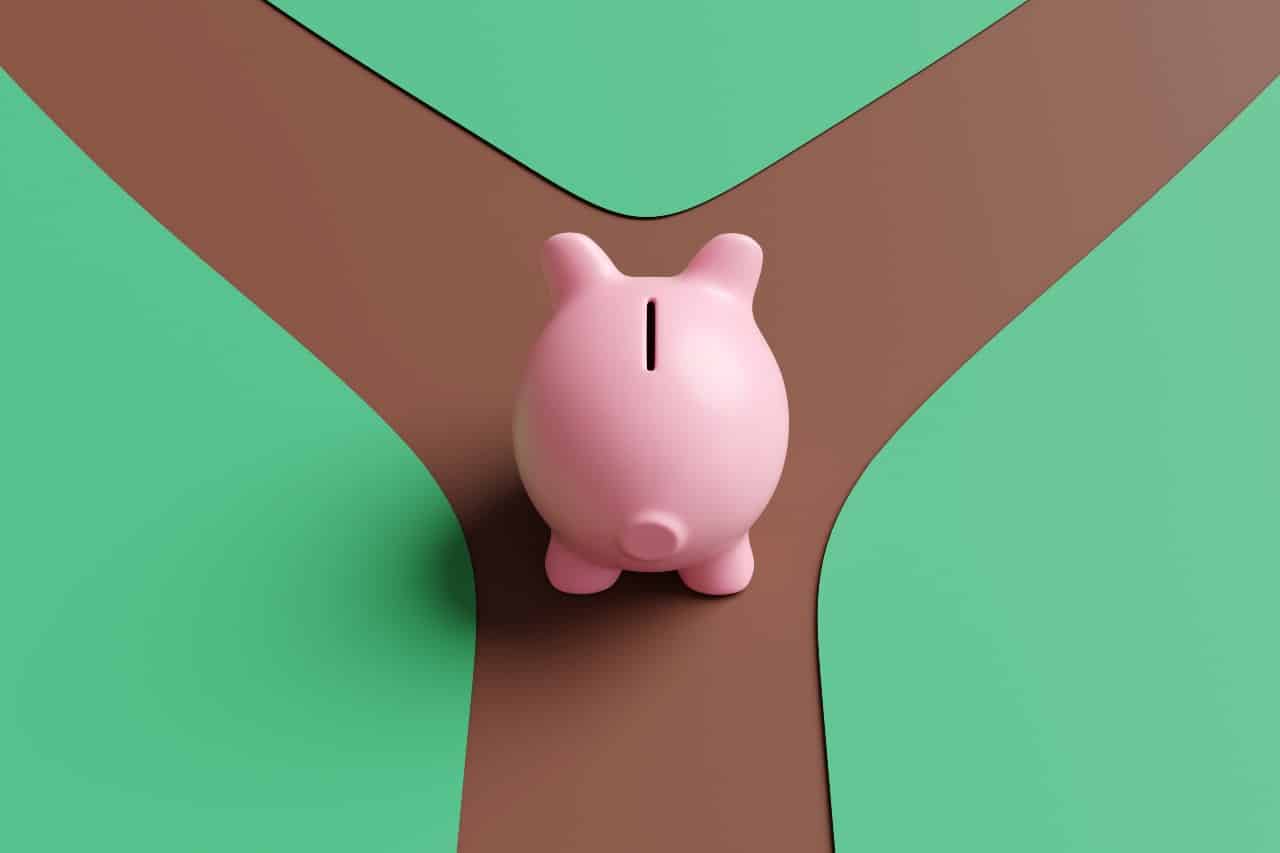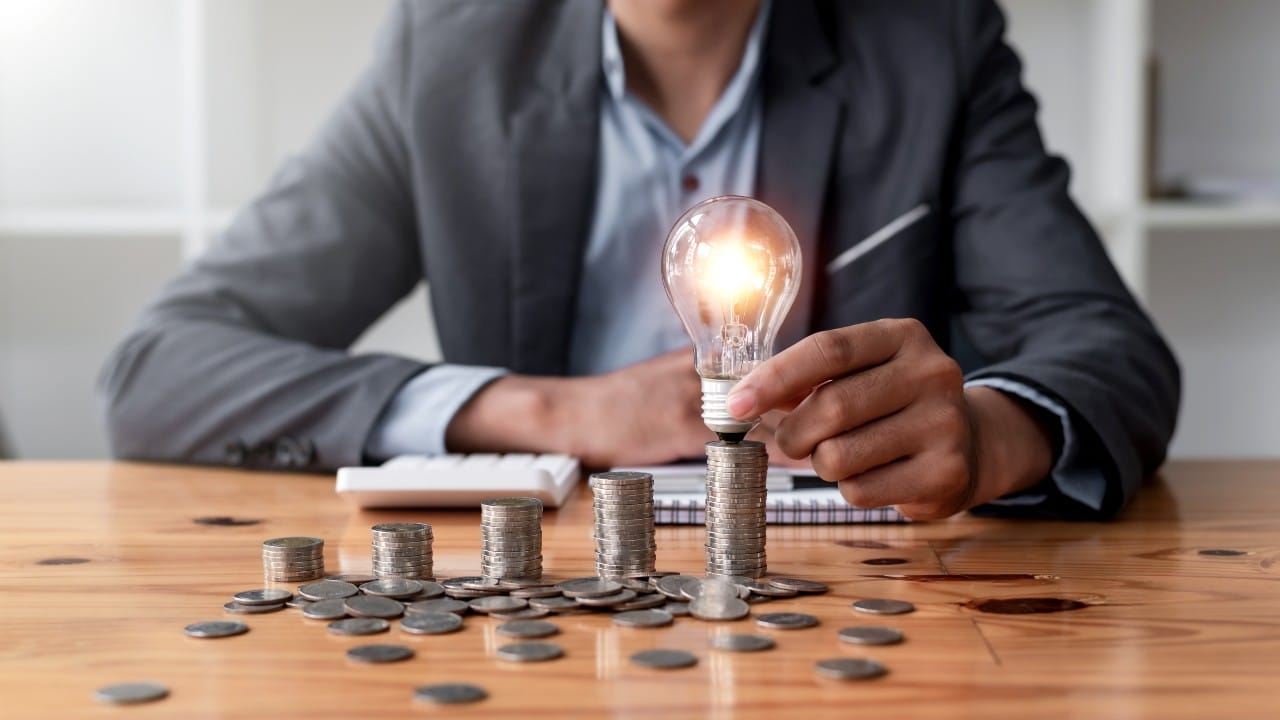One financial storyline that emerged from the past 18 months was the ability of Canadians to pay off high-interest debt. As a result, debt prioritization has been on the mind of millions lately. During the peak of the shutdown months, with fewer places to spend money, plus monetary support from governments, Canadians paid down $16.6 billion in credit card debt. This was an 18 per cent decline in the outstanding balance nationwide from February 2020 to January 2021.
“With the economy now reopening, many Canadian households could find themselves carrying lighter non-mortgage debt balances than they had going into the pandemic,” a Statistics Canada report said.
So kudos to Canadians, especially those with the lowest credit ratings, for using those pandemic savings prudently. Still, even with that reduction, the outstanding balance carried on credit cards for Canadians was still at $74 billion as of last January.
Know there are strategies you can deploy to reverse course. It’s vital to understand the details of the debt you are carrying, especially the debt with a higher annual percentage rate (APR). The question people at home often ask themselves is, “Which debt should I pay off first?” This article tells you, quite rightly, that there isn’t a one-size-fits-all solution for getting out of debt. Not all debt is created or managed uniformly.
Once you have a clear picture of the landscape, then get on it! Many people dream of a debt-free life and the sense of freedom that comes with that. You do it one step at a time. What will compound is not interest, but a sense of confidence and achievement, as you steadily march towards your goal.
Should You Pay Off Installment Loans or Revolving Credit First?
Whichever strategy you take (and by always making the minimum payments on all your credit cards), the objective is not just to preserve but build your credit rating. Paying off debt should increase your credit score. Many people have a low credit rating or no credit history at all. Rebuilding your credit is vital since it will allow you to qualify for loans at major banks and reduce your cost of borrowing.
So as a starting point, know there is “good” and “bad” debt, and build from there.
Installment loans
These are loans that have equal monthly payments over a set repayment period. Examples include a home mortgage, car loan, or student loan. So you know what you’re paying back every month and when you pay the loan in full with installment loans.
Payday loans or credit cards have high APRs attached to them that can fast spin out of control. With installment loans, you can work out affordable payments. And unlike payday loans, installment loan payments are reported to credit bureaus, so you’re improving your credit rating.
Revolving credit
Like with credit cards or a home equity line of credit (debt consolidation loan), this is an available balance you can draw from instead of taking a lump sum at one time and making payments on that.
Debt Prioritization: A few tactics to consider
Once you identify the debt you need to pay off, then decide on the order to tackle it.
Pay off debt by interest rate
Look to tackle those unsecured, highest interest rate debts first. A mortgage or student loan have a couple of things going for them – one is they are low interest, plus the interest paid is tax-deductible.
There also is a prepayment penalty on some mortgages. Some personal finance advisors call it “opportunity cost”. A well-diversified investment portfolio will give you a better return on your money than the interest on a mortgage. Ask yourself this question: “Does the interest on your debt exceed the interest you would make on an investment in the stock market or with an RRSP, or perhaps a high interest saving account?” If it does, then you should pay off the high-interest debt.
How do you pay off high-interest debt like credit cards? If you have several credit card balances, there are two popular debt repayment strategies that people deploy.
One is to pay off the high-interest cards, first, using the “debt avalanche” method. Pay off the loan with the highest compound interest rate while making sure you always make your minimum monthly payments on the other cards. Once you pay the first one, use the extra money you used to pay off the first card and apply that to the card with the second-highest interest rate. Cascade downwards until your balances are all zero. Getting out of debt will take a little longer, going with this method. But you’ll save more in interest payments by taking this route.
Pay off debt by balance and terms
This strategy is for those who like the psychological benefits of regular “wins.” For example, rather than focus on interest rates, you pay the cards with the smallest debt first. Then, once you finish paying that card, you use that cash to make larger payments on the card with the second-lowest balance. This is called the “debt snowball” method.
Paying cards off fast will motivate you to keep going until you pay them all off. Also, keep in mind that different debts can be bundled together into a debt consolidation loan.
Pay off debt by emotional and financial stress
There might be a situation that trumps all others in terms of setting priorities, like the need to pay back a family member or friend when it comes to personal loans, even if there’s no interest attached to it. Or some people take payday loans (a cash advance to help get you to your next paycheque), which are debts with the highest APRs (500-600%). Often these can cause immense emotional stress. And if one or more cards are in collections, that becomes an obvious priority as well.
Consider creating an emergency fund
Before tackling debt, personal finance advisors will tell you to set up an emergency or “rainy day” fund. That’s to protect you against unforeseen expenses or unexpected events.
Debt Canada: The bottom line
No one can put a dollar figure on the peace of mind that comes with paying back debt. So get ahead of it, and put a debt prioritization strategy together today. And remember to stick with it. Getting out of debt will require setting goals and self-control.
Financial stability will be worth it, even in the long run. Before you know it, your debt-free life (a life of debtless credit) will open up to exciting, new possibilities.
